PDF's coordinate system is based on the concept of device independence, that is the ability to preserve the geometric relationship between graphics objects and their page, no matter the device they are rendered through. Such device-independent coordinate system is called user space. By default, the length of its unit (approximately) corresponds to a typographic point (1/72 inch), defining the so-called default user space.
But, as mkl appropriately warned you, the relation between user space and device space can be altered through the current transformation matrix (CTM): this practically means that the user space unit's length matches the typographic point only until skewing or scaling are applied! Furthermore, since PDF 1.6 default user space unit may be overridden setting the UserUnit entry in the page dictionary.
So, the short answer is that, in PDF, one inch corresponds to 72 default user space units (no CTM interference granted); on the other hand, as this coordinate system is (by-definition) device-independent, it doesn't make sense to reason about pixels -- they exist in discrete spaces of samples only, whilst PDF defines a continuous space of vector graphics which is agnostic about device resolution! See the following picture:

If you need to map into PDF some graphics which are natively expressed in pixels, then prior conversion to inches may be a sensible approach.
BTW, floating-point data type was chosen to represent user space measurements just because it was obviously the most convenient approximation to map such a continuum -- I guess that after this explanation you won't confuse measures with measurements any more.
An extensive description about PDF's coordinate system can be found in § 4.2 of the current spec.
